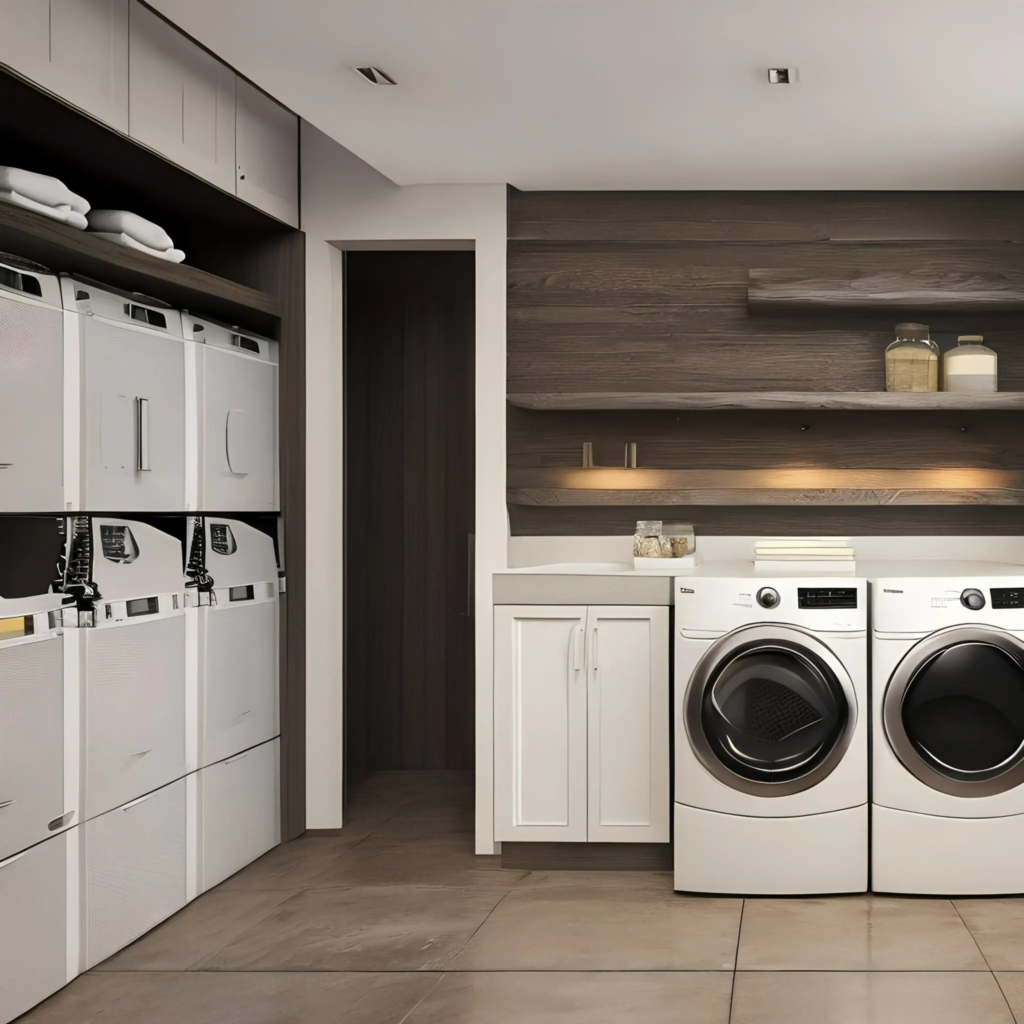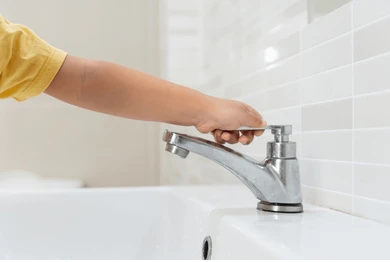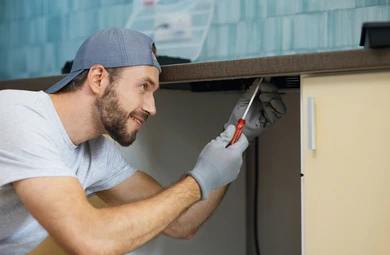Tips for your Plumbing
You’ve been plotting out your perfect bathroom renovation or kitchen remodel for years– finding inspiration, watching home-improvement shows, saving money– and now it’s time to turn that dream into reality. Chrome Air Conditioning Plumbing does not oversee full remodel projects in our service area of Frisco, McKinney, Little Elm, or Plano. However, we work with homeowners and general contractors for kitchen and bath plumbing tasks that need to be accomplished. If you are thinking about a remodel or are in the middle of one, we’ve put together a few tips from a plumber’s perspective. Thinking about these things ahead of time can save a lot of time and money in the long run! MOVE YOUR BATHROOM AND KITCHEN FIXTURES Changing the footprint during a bathroom plumbing remodel– especially showers, sink vanities, or toilets– increases costs. These fixtures are hooked up to sewer and sewer vent pipes as well as water supply pipes. The further you move them away, the more complicated the plumbing gets. The pipes that need moving are often under the floor. It is much easier for Legacy Plumbing to estimate costs when the subfloor of a bathroom or kitchen is exposed. We can then see the plumbing connections to fixtures and decide on the layout as part of a rough-in. If you aren’t redoing the tile, laminate, or floor, then changing a footprint becomes much more difficult. If the remodel is on the first level and your home is in DFW, chances are that you have a concrete slab foundation. This can create even more cost as access to the plumbing requires cutting concrete. Most bathroom and kitchen fixtures can be moved a few feet in one direction or another without too much extra cost or work. For any plumbing remodel, make sure all work is inspected and performed up to code. While most tasks in a remodel can be done DIY, plumbing is a licensed trade and often requires permits in most cities of North Dallas. Chrome Air Conditioning Plumbing has followed up on many remodel situations where corners were cut with the plumbing. After a bathroom or kitchen was finished, the homeowner experienced leaks and drainage issues only to discover that the plumbing needed to be redone. EASILY UPDATE YOUR SHOWER/TUB FAUCET Most shower and tub faucets can be easily updated without cutting into the wall or tile. If the faucet was manufactured by a major company like Moen, Delta, Kohler, etc. then you can probably find trim kits with a variety of different styles that are made for that particular faucet (gold, bronze, black, chrome, and more). The “trim” of the faucet is all those decorative parts you see that are attached to the plumbing in the wall (like the handle, shower head, shower arm, tub spout, and escutcheon plate). You can often change styles and finishes easily by purchasing a new, compatible trim kit from the manufacturer. REPLACE THE SHOWER VALVE. If you are remodeling your bathtub or shower and have the enclosure or tile removed, there is no better time to replace the shower valve. The valve body is the hidden brass part of the faucet that is directly connected to the hot and cold water pipes in the wall. It may be tempting to simply update the trim kit, but if everything is already exposed, it makes sense to replace the entire valve body. You can change the cheap house brand or builder grade with a quality faucet from a reputable manufacturer that will look good and work great for many years. All of this plumbing work will be hidden in the wall, so don’t cut corners. Hire a reputable, licensed plumbing company like Legacy to do this right. Chrome Air Conditioning Services. REPLACE SHUT OFF VALVES. When homeowners are replacing cabinets, faucets, and toilets they often don’t even think about the shut-off valves under the sink or behind the toilet. These valves enable you to shut the water off to just these fixtures instead of shutting off the water to the whole home. Unfortunately, these valves are often very cheaply built with rubber parts. Sometimes they don’t shut off all the way. Sometimes they will shut off all the way but then start leaking when they are turned back on, or pieces of the deteriorated rubber washer will break off and clog up the new faucet or toilet fill valve. There is no better time to replace these valves than when you are changing out the fixtures, so it is highly recommended to budget for this as well. PROPERLY WATERPROOF SHOWERS. Walk-in showers are very popular right now, and there are many different products and methods for waterproofing before the tile is installed. Many people don’t realize that tile and grout are not waterproof on their own. The hidden waterproofing material is what makes the difference between a long-lasting shower and a water damage insurance claim. Unfortunately, it is common for us to be called out for leak diagnosis on a 1-year-old shower because the shower pan liner was installed incorrectly. We see this issue more frequently when the shower features a built-in shower bench. This detail greatly increases the complexity of the waterproofing. Be sure to select a reputable tile/shower contractor who will stand behind their work. INSTALL KITCHEN SINK ACCESSORIES. Another very common trend right now is upgrading the kitchen sink with accessories such as a reverse-osmosis water filtration system or instant hot water tap. There are many different brands out there. We see a lot of leaks, unfortunately, from some of the cheaper products on the market. Most of the reverse-osmosis systems are fully plumbed with push-to-connect fittings that are prone to leaking. Be discerning in your selection, and go with a reputable manufacturer. If you have or are going to install some of these kitchen sink accessory fixtures, it is a good idea to place a kitchen











